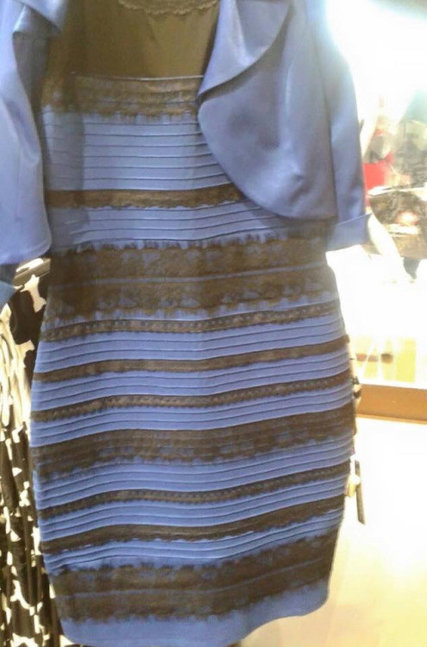(p. C18) Dear Dan,
My nephew has been downloading music and movies illegally from the Internet. Without sounding self-righteous, how can I get him to respect intellectual-property rights?
–Patricia
My own view on illegal downloads was deeply modified the day that my book on dishonesty was published–when I learned that it had been illegally downloaded more than 20,000 times from one overseas website. (The irony did not escape me.) My advice? Get your nephew to create something and then, without his knowing, put it online and download it many, many times. I suspect that will make it much harder for him to keep up his blithe attitude toward piracy.
For the full advice column by Dan Ariely, professor of behavioral economics at Duke , see:
DAN ARIELY. “ASK ARIELY; It’s Risky to Rely on Retirement Questionnaires.” The Wall Street Journal (Sat., May 23, 2015): C18.
(Note: italics in original.)
(Note: the online version of the advice column has the date May 22, 2015.)

